In the latest Beat Dissected, we show how to create a lo-fi beat inspired by vintage electro styles.
Beat Dissected is a regular series in which we deconstruct drum patterns, showing you how to program them in any DAW. Just copy our grid in your own software to recreate the loop.
In this instalment, we’ll be creating this lo-fi electro beat:
Spec
Tempo
130-135 BPMSwing
55-65%Sounds
Roland TR-606 & 707 samplesStep 1
First up, the kick drum. We’re using a kick sample from Samples From Mars’ Modded 606 From Mars pack. The sample has a really warm decay, which we’ll control using the note length. We program a longer note on each downbeat, with a slightly shorter note in the following offbeat.
With some extra hits at the end of the second bar for variation, we adjust the release in Ableton’s Simpler so the tail of the kick is smoother. We also take the pitch up a semitone, which gives a more punchy sound.
We apply FabFilter’s Saturn on the kick, applying some multi-band distortion with subtle saturation on everything 85 Hz and below. We dial in heavier saturation on the second band, which gives us a smoother transient and an warmer sound overall.
Step 2
Next, we load a TR-606 snare sample and program a snare hit on every upbeat.
We have a spectrum analyser loaded on our master output channel and we can see the kick is peaking at around 52 Hz, which equates to G#. Tuning our snare sound up three semitones sets the peak to around 210 Hz, again a G# but two octaves up from the kick, setting a strong musical and tonal relationship between kick and snare.
We also apply some reverb on our snare, with a subtle amount of decay to help it sit alongside the kick. We duplicate our hits for another bar and input a slight variation to the kick on bar four. We take care to adjust the velocities of the last two notes to avoid an increase in overall volume.
Step 3
Following on from the snare, we add in the hi-hat, dropping it onto our third drum slot. We program four 16th-note sections, which give us a burst of high frequency energy at the start of each bar.
We reduce the attack to de-emphasise the transient, then pitch the sample up by eight semitones. The finishing touch is to use Simpler’s filter to sweep off any low frequencies.
Step 4
Next we add a TR-707 clap sample from the Modded 707 From Mars pack. To add some extra variation, we program some syncopated hits in bar four.
Again, we pitch the sample up eight semitones for a snappier hit. We then add some delay to the clap, setting the delay times to 1 and bringing the feedback control right down. This makes the clap sound more complex than it actually is.
We also add an auto pan effect, setting the time to 1/16 notes and the amount to 71%, which gives us the width that we’re looking for.
Step 5
Next we’re looking for something to sit in the offbeat and help to pin the groove together. We add an open hat from the 808 From Mars pack.
We program hits in the offbeat and back off the attack to reduce the transient. Similar to the clap in the previous step, we sweep off any potential low frequencies in the sound using Simpler’s high-pass filter.
Step 6
Moving forward, we want to add in some weird and otherworldly percussion sounds. We take a bell sound and program some syncopated hits in the first bar, with a slight variation on the pattern in the second.
We pitch the sound up by seven semitones and again back off the attack. We engage Simpler’s band-pass filter, setting the frequency to 1 kHz and the resonance to 26%. We then apply some LFO modulation
to the cutoff frequency, setting a slow LFO rate and unchecking the retrigger box. Now the sound constantly sweeps across its frequency range, which provides a nice spacey tone.
We apply the same LFO modulation to the pitch, adding some reverb and ping-pong delay. It doesn’t sound out of place with the kick and snare, but it’s worth remembering that when you add melodic content you’ll need to make sure such that pitched percussion is in key with any other melodic sounds you add.
Step 7
With all our hits in place, we now apply the swing to get things moving a little. To do this we’re using Ableton’s Swing 16-15, which does the trick. You can experiment with other swing settings to get different effects.
Finally, we apply some group processing to gel things together and add a more grungy, old-school vibe. We start with FabFilter’s Saturn and we turn off the processing for the low end. We add some moderate drive for the low-mid band, using the Warm Tape algorithm, which gives the snare a nice crunch.
For the upper mids we use the Gentle Saturation setting as only subtle processing is required, and we also take the band level down 3 dB.
On the highs, we add the Old Tape algorithm and take the band down by 4 dB. This knocks off a lot of the high frequencies, which complements the warm, old-school feel of the loop.
We then set up some parallel compression with Ableton’s Glue compressor. We use quite an extreme threshold, compressing by up to -15 dB with a medium attack and fast release. We then bring the dry/wet control down to 32% and adjust the gain to compensate for the change in volume.
Finally, we add an EQ, simply sweeping away anything below 30 Hz to remove any remaining rumble from the drum groove.

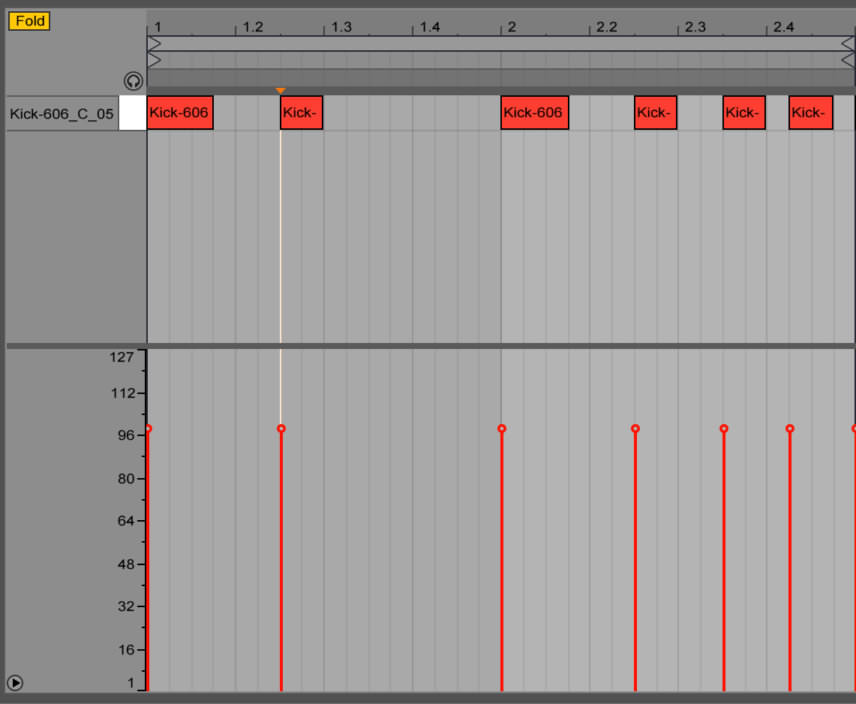
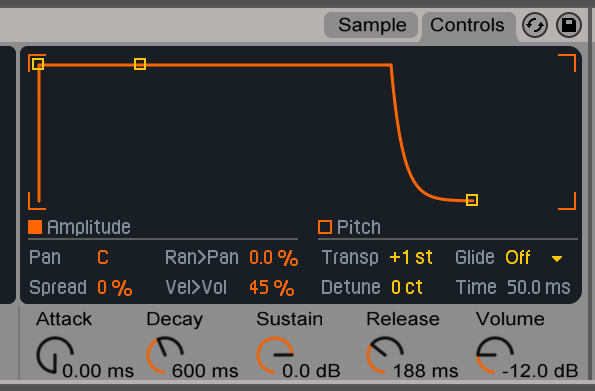
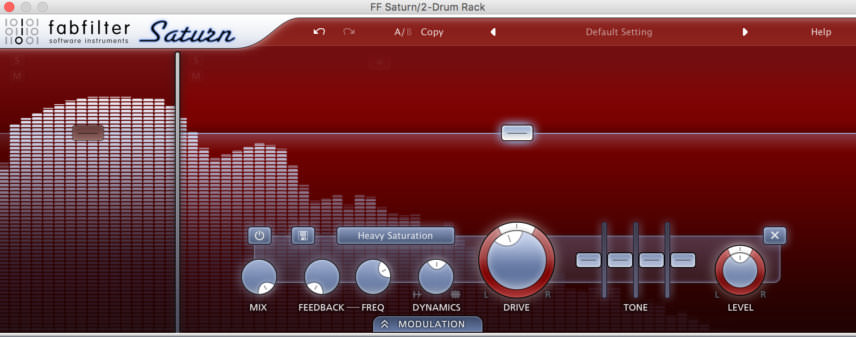
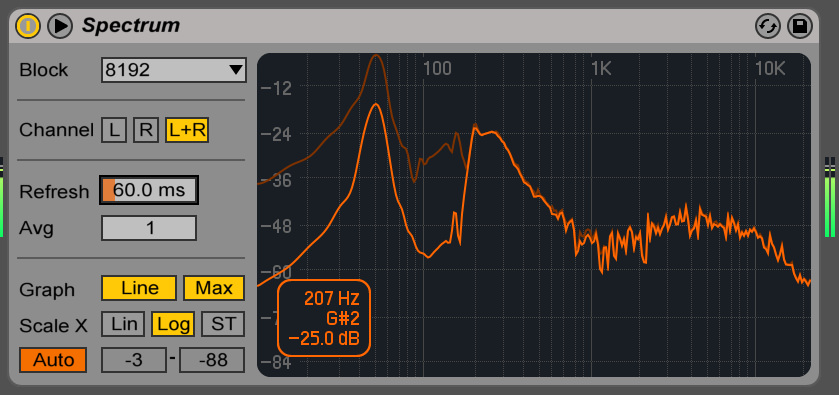

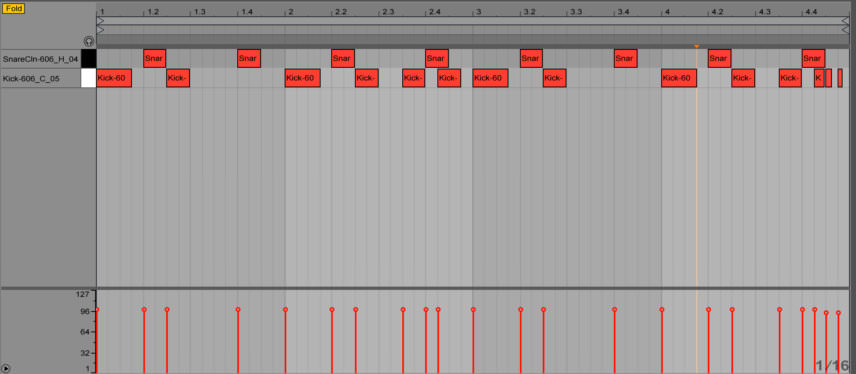
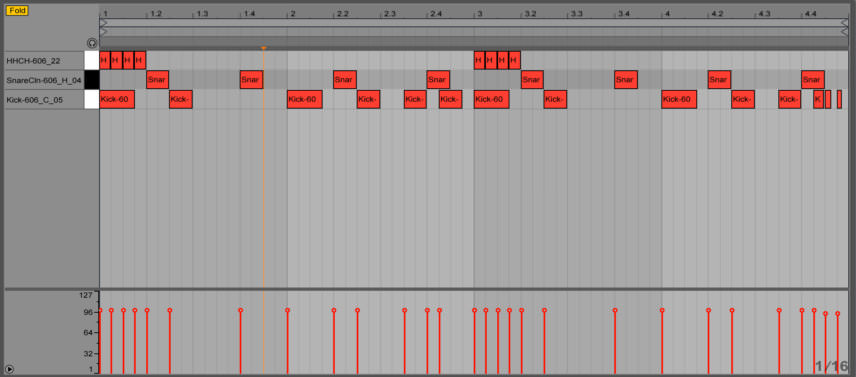

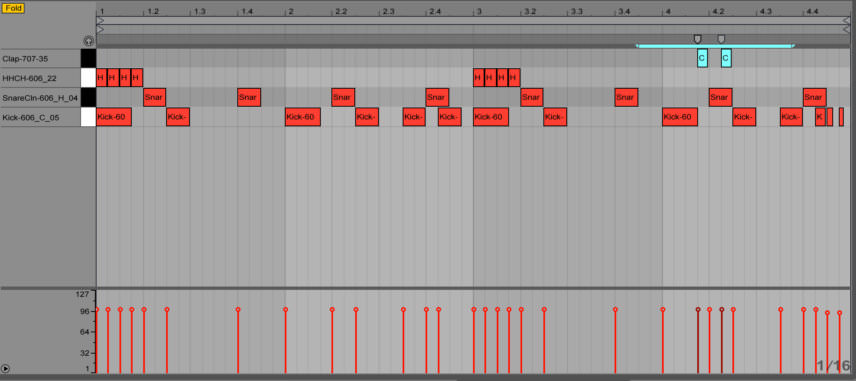


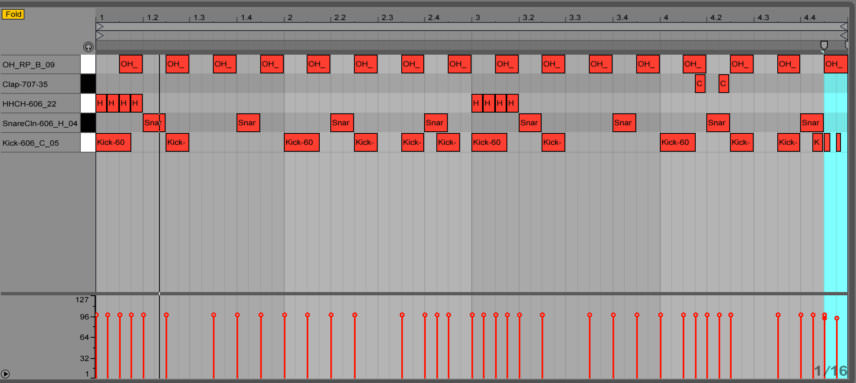
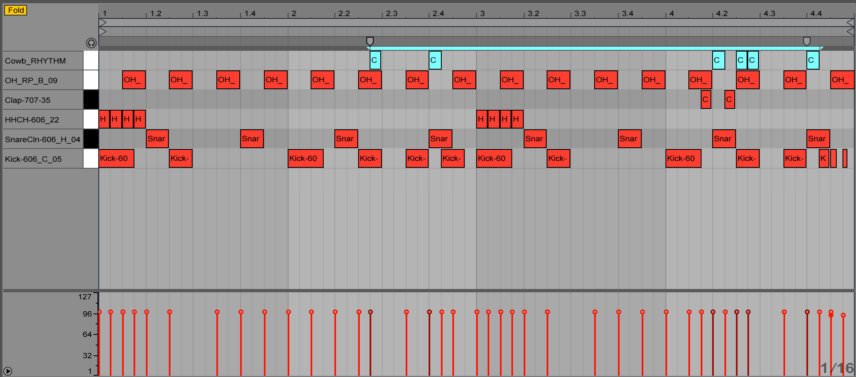

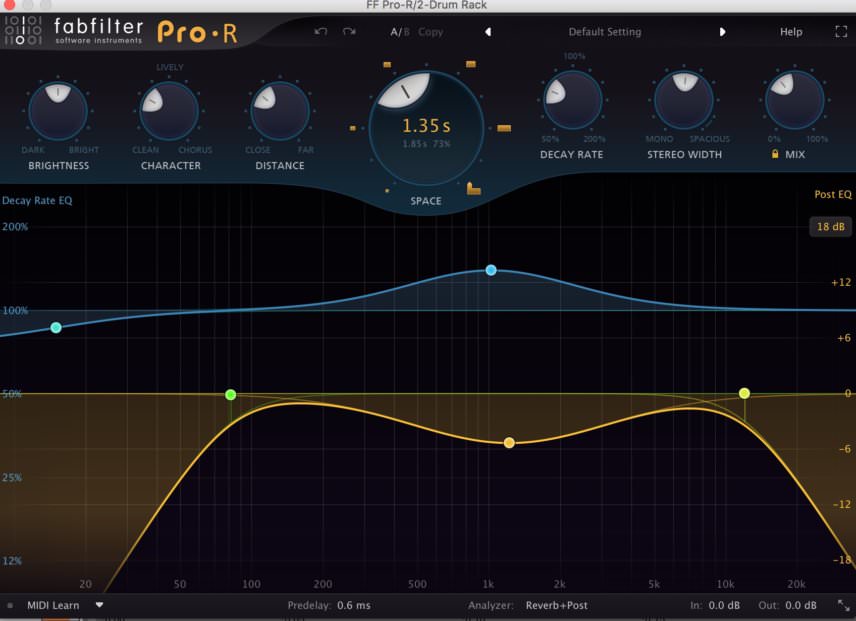
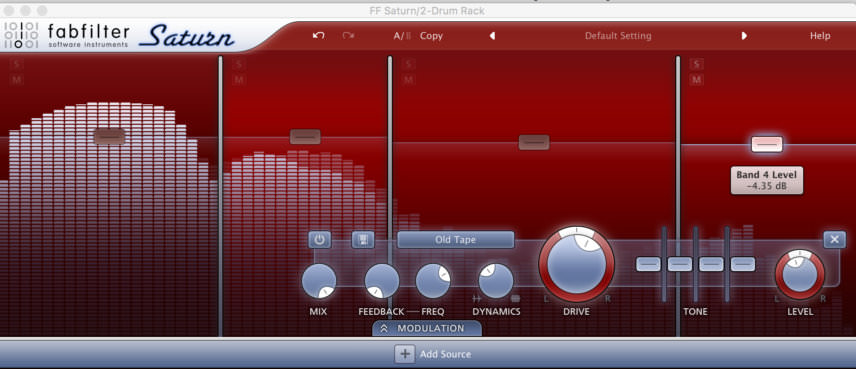
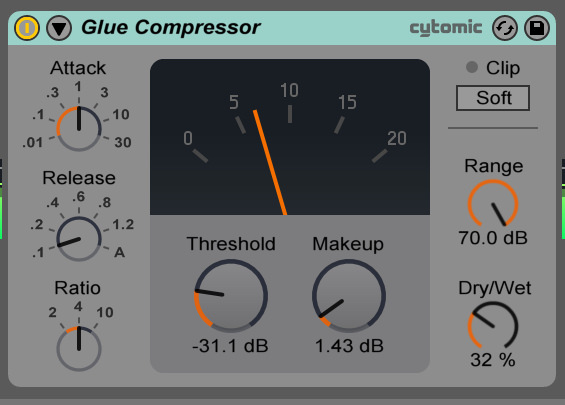
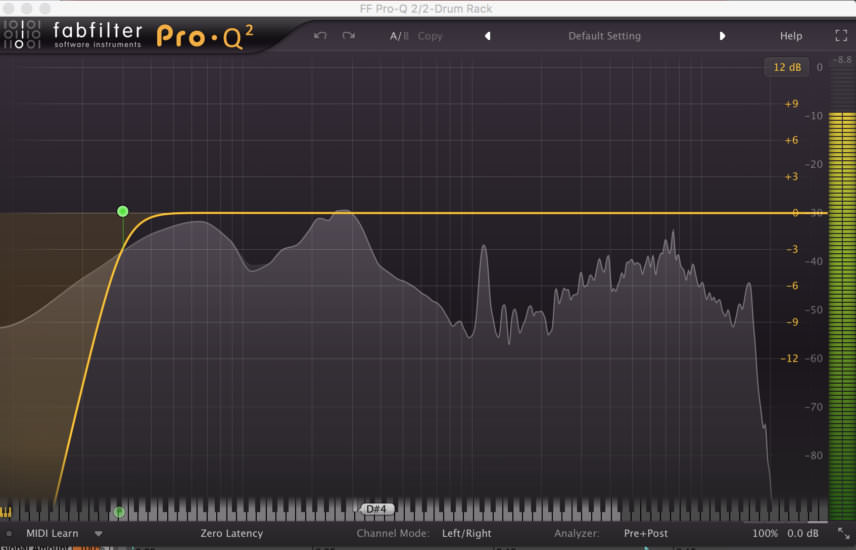
08.37 AM
Hey Attack – how do I get thicker/bolder vertical lines in the piano roll grid like you guys have here? Mine are really faint, doesn’t really effect much I guess, but as a “quality of life” thing I think it would be nicer to have thicker ones!
11.29 AM
Hey Plyphon! It sounds like you have your piano roll grid turned off, which may be why they’re so faint. Simply right click on the piano roll grid, and select one of the numbers under ‘Fixed Grid,’ to turn the piano grid back on. Other than that, it’s also possible you have a theme loaded up that styles the grid lines differently. To change your Ableton theme back to the default, open up Live – Preferences, navigate to the Look/Feel tab, and then select ‘Default’ in the ‘Skin’ parameter’s drop-down box. Hope that helps.
11.34 AM
Thanks! It might be the theme I have, I remember changing that. I will try going back to the default. Cheers!
01.25 AM
What is an example of Lo-Fi Electro? Who are some artists? I’ve never heard of this genre before.
01.47 AM
Who are some Lo-Fi Electro artists I can look up?
09.06 PM
Dexter, some Ostgut Ton stuff, Helena Hauff, Clone Records, old Dave Clarke electro mixes … electro has its influence in many genres. It’s always been made with 606, 707 & generally Roland TR drum machines, which gives it an old school and sometimes lo-fi feel.
12.32 AM
Great tutorial, have fun.
10.18 PM
More electro (forgotten style) tutorials! Please!